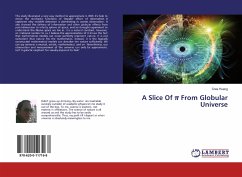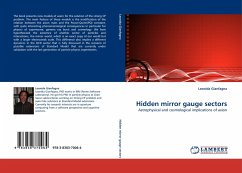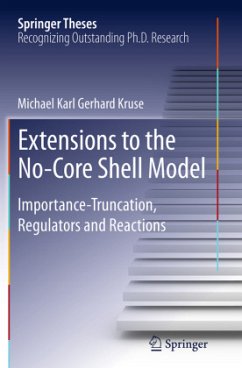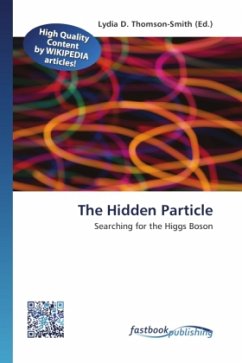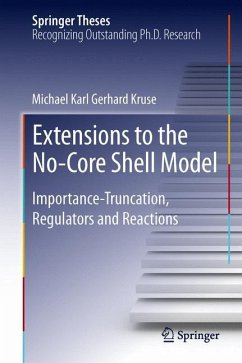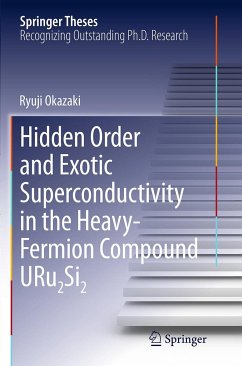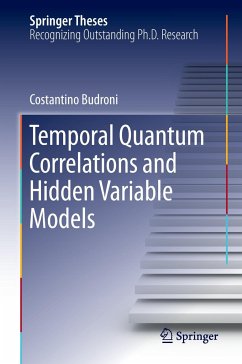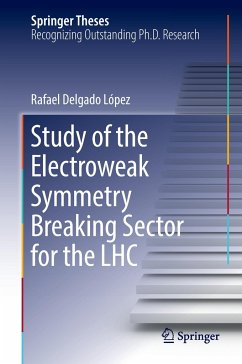
Hidden Sector Extensions of the Standard Model:
Phenomenology and Cosmology
Versandkostenfrei!
Versandfertig in 6-10 Tagen
39,99 €
inkl. MwSt.

PAYBACK Punkte
20 °P sammeln!
The Standard Model (SM) of Particle Physics for the Electroweak and Strong interactions is one of the most successful physical theories ever formulated. However, our present knowledge of Cosmology together with theoretical arguments suggest that the SM is an incomplete description of high energy particle physics, and new physics is expected to be present close to the TeV energy scale. Among the many possibilities for physics beyond the Standard Model, Hidden Sectors (particle sectors that don't feel the Strong and Electroweak forces) appear as natural candidates for solving the various puzzles...
The Standard Model (SM) of Particle Physics for the Electroweak and Strong interactions is one of the most successful physical theories ever formulated. However, our present knowledge of Cosmology together with theoretical arguments suggest that the SM is an incomplete description of high energy particle physics, and new physics is expected to be present close to the TeV energy scale. Among the many possibilities for physics beyond the Standard Model, Hidden Sectors (particle sectors that don't feel the Strong and Electroweak forces) appear as natural candidates for solving the various puzzles arising at the interface of particle physics and cosmology, such as the nature of the observed Dark Matter in the Universe or the dynamical generation of an asymmetry in baryonic matter in the Early Universe. Here we perform a study of the main features of the phenomenology of Hidden Sectors related to the cosmology of the Early Universe, the generation of the Dark Matter density and the nature of the Electroweak phase transition. We also analyze the role Hidden Sectors may play in the spontaneous breaking of the Electroweak symmetry, and how they modify the Higgs sector of the SM.



